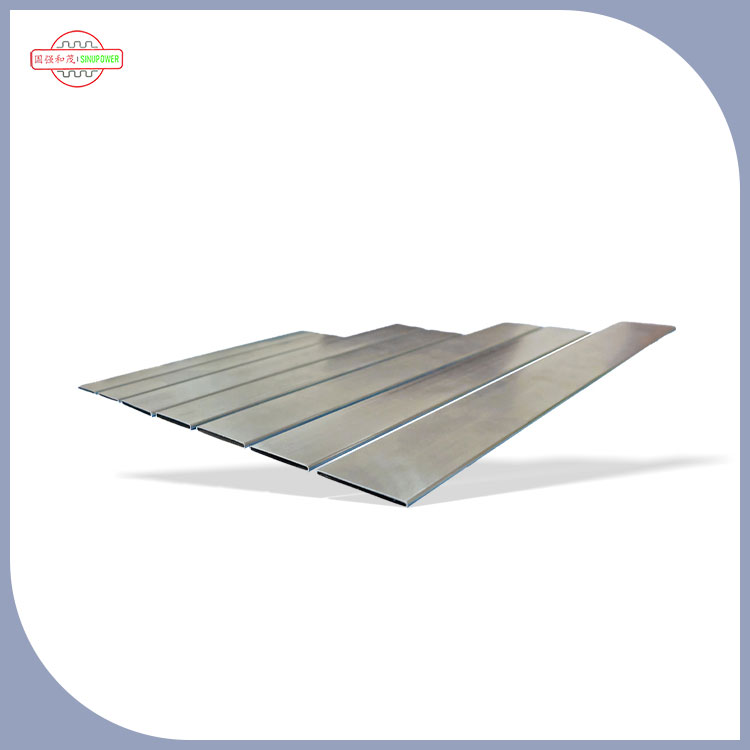Flat oval tubes are flat oval in cross section (long axis 80-200mm, short axis 30-80mm), and problems such as cross section skewness and excessive burrs are prone to occur when cutting right angles. Professional processes and tools are required to achieve precise processing to ensure the quality of subsequent welding or assembly.

The difficulty of cutting is concentrated on the cross-sectional characteristics. The asymmetric structure of flat oval tubes makes it difficult to ensure the right angle accuracy of the traditional one-size-fits-all method. If the cutting angle deviation is greater than 1°, the butt joint gap will exceed 0.5mm, affecting the welding strength. In addition, when the tube wall thickness (usually 2-5mm) is uneven, local overheating and deformation are prone to occur. Especially in the processing of stainless steel materials, high temperature will cause oxide scale to form, increasing the subsequent grinding cost.
Tool selection needs to match the material and specifications. For low-carbon steel flat oval tubes, plasma cutting (current 80-120A) is recommended, with a cutting speed of 10-15mm/s, and the verticality error of the section can be controlled within 0.3mm/m; for stainless steel materials, laser cutting (power 500-1000W) is preferred, which realizes contactless processing through high-energy light beams transmitted by optical fiber, with a heat-affected zone of <0.1mm to avoid intergranular corrosion. Thin-walled tubes (thickness <3mm) can use CNC wire cutting with an accuracy of ±0.01mm, which is suitable for precision component processing.
The operation process focuses on positioning and parameter setting. Before cutting, the pipe fittings need to be fixed by fixtures to ensure that the cutting line is perpendicular to the axis (deviation ≤0.5°), and the clamping force of the fixture is controlled at 5-10MPa to prevent deformation; during plasma cutting, the nozzle is kept 3-5mm away from the pipe wall, and the gas pressure (air or nitrogen) is set to 0.6-0.8MPa to avoid arc divergence; laser cutting needs to adjust the focus position according to the wall thickness, and the focus of thick-walled pipes is adjusted down to 1/3 of the pipe wall to improve the cutting penetration.
Subsequent processing affects the final quality. After cutting, an angle grinder (with a 120-grit grinding wheel) is required to remove burrs to make the cross-section roughness Ra≤12.5μm; stainless steel pipes need to be passivated (immersed in nitric acid solution for 10-15 minutes) to prevent rust on the cut. For scenes with high precision requirements (such as automobile exhaust pipe assembly), the right angle deviation needs to be detected by a three-coordinate measuring instrument to ensure that it meets the tolerance standard of ±0.1°.
Cutting right angles on flat oval tubes requires consideration of both equipment performance and process details. Through precise positioning, parameter optimization and subsequent processing, a smooth cross section and precise angle processing effect can be achieved, providing a basic guarantee for the sealing and structural strength of the pipeline connection.